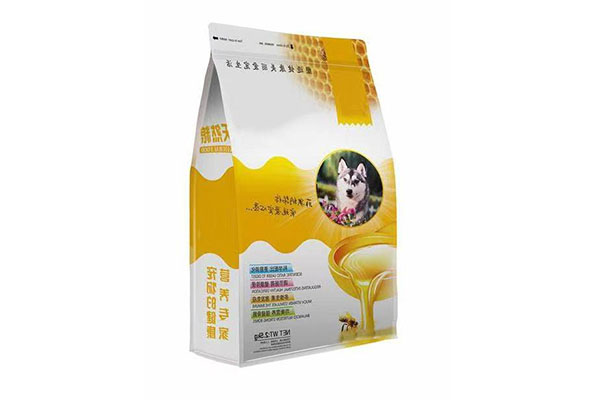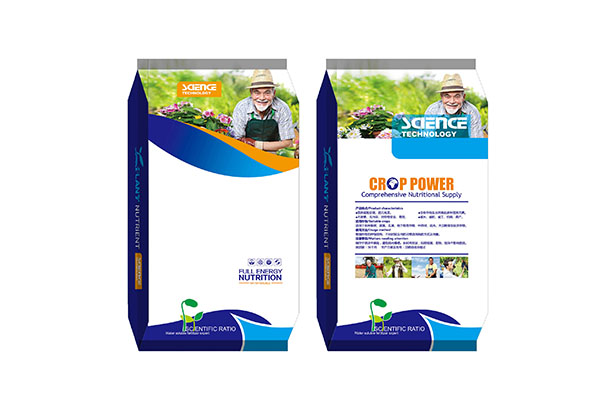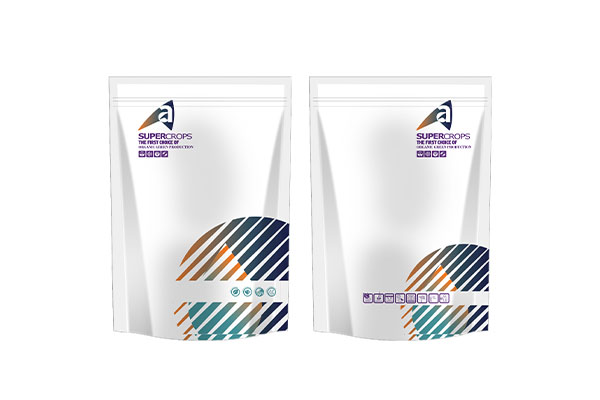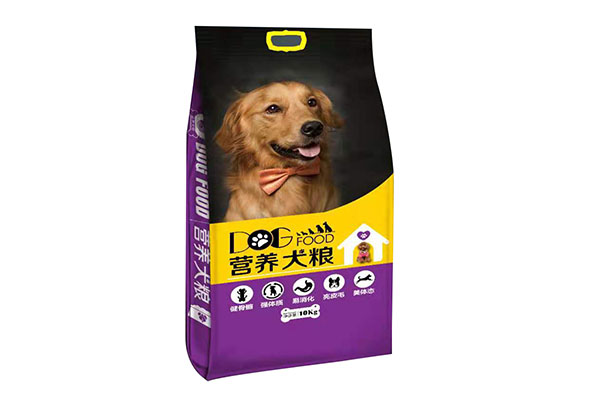How to open and close the three-side seal stand-up bag repeatedly?
Release Time : 2025-06-10
In order to achieve repeated opening and closing of the three-side seal stand-up bag, targeted innovations need to be made in terms of structural design, accessory selection and process optimization, in order to ensure both sealing and ease of use. The first is the innovation of the sealing structure. The traditional three-side sealing method is mostly one-time heat sealing, while the design that can be opened and closed repeatedly requires the introduction of components that can be closed repeatedly. A common practice is to add a soft sealing strip to the inside of the bag opening, similar to the common zipper-type sealing structure, and to achieve closure through two interlocking convex and concave tracks. The material of this sealing strip must be elastic and fatigue-resistant, so that it can fit tightly when pressed to prevent leakage of the contents, and can maintain the same shape after multiple openings and closings to ensure long-term sealing.
The second is the connection process between the seal and the bag body. In order to make the repeatedly opened and closed structure stable and durable, the joint between the sealing strip and the bag body needs to adopt a precise hot pressing process. During the production process, the temperature and pressure must be precisely controlled to fully integrate the sealing strip with the film layer of the bag opening to avoid bubbles or cold welding. At the same time, considering the stress during opening and closing, a certain width needs to be reserved at the edge of the bag opening to enhance the structural strength and prevent the sealing strip from separating from the bag body due to frequent pulling. For example, a reinforcement layer is added on both sides of the bag opening, and a slightly thicker film material is used to improve the overall tear resistance.
The choice of material is crucial for repeated opening and closing functions. The bag body material must be both flexible and aging-resistant. Commonly used polypropylene (PP) or polyethylene (PE) films have good bending resistance and are suitable for multiple openings and closings. The material of the sealing strip requires higher elasticity and weather resistance. Silicone or thermoplastic elastomer (TPE) is a common choice. This type of material is not easy to harden in low temperature environments, and will not stick in high temperature environments, and can adapt to different storage environments. In addition, in order to enhance the user experience, the surface of the sealing strip can be micro-textured to increase the friction between the fingers and the sealing strip, making the opening and closing operation easier and smoother, especially for the elderly or users with less hand strength.
The detailed design of the opening and closing structure should not be ignored. Indicator marks, such as arrows or text prompts, can be set at the bag mouth to guide users to find the correct opening and closing position to avoid damage to the structure due to misoperation. At the same time, considering the use scenarios of different products, the opening and closing force should be moderate: the three-side seal stand-up bag used for food packaging should not be too strong to facilitate consumers to use; while bags used for industrial products or liquid packaging should be appropriately closed to prevent leakage of contents. Some designs will also add a tear at the edge of the seal. When the bag needs to be fully opened, it can be torn along the tear, which does not affect the use of the repeated opening and closing structure, taking into account the needs of single-use and repeated use.
Quality control in the production process is the key to achieving the repeated opening and closing function. The dimensional accuracy of the sealing strip, the cutting flatness of the bag mouth, and the stability of the hot pressing process will affect the use effect of the final product. Multiple inspection links need to be set up on the production line to ensure that the bite of each sealing strip is consistent and there are no burrs or gaps at the bag mouth through manual sampling and machine vision inspection. For example, a high-resolution camera is used to scan the sealing area to detect whether there is a loose seal or material defect, and unqualified products are removed in time to ensure that every three-side seal stand-up bag leaving the factory can achieve stable repeated opening and closing performance.
Maintenance and care in actual use can also extend the service life of the repeated opening and closing structure. Consumers should avoid pulling the sealing strip hard during use, and try to push it parallel to the track when opening and closing to reduce the damage to the structure caused by lateral force. When storing, the bag should be avoided in a high temperature, humid or direct sunlight environment to prevent the material from aging and causing the elasticity of the sealing strip to decrease. For products with strong oiliness or viscosity, the bag mouth needs to be cleaned in time after use to avoid residues sticking to the sealing strip and affecting the next closing effect. For example, after filling viscous liquids such as honey, the inside of the bag mouth can be wiped with a wet cloth to keep the sealing strip clean and tidy.
The three-side seal stand-up bag can be repeatedly opened and closed, which is a reflection of the combination of packaging technology and user needs. Through scientific structural design, high-quality material selection, precise production technology and reasonable use and maintenance, it can not only meet consumers' demand for convenience, but also improve the environmental protection and practicality of packaging and reduce the waste of disposable packaging. This design is not only suitable for common fields such as food and daily necessities, but also has broad application prospects in industrial packaging, pet food and other scenarios, providing new ideas for the sustainable development of the packaging industry.







